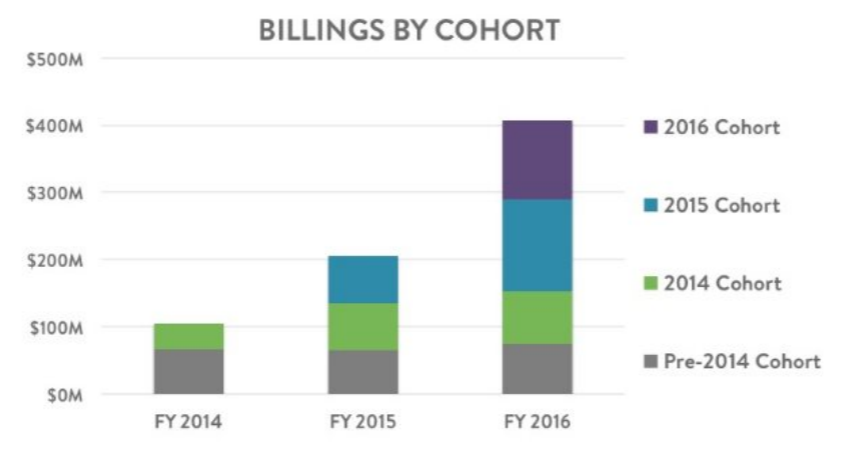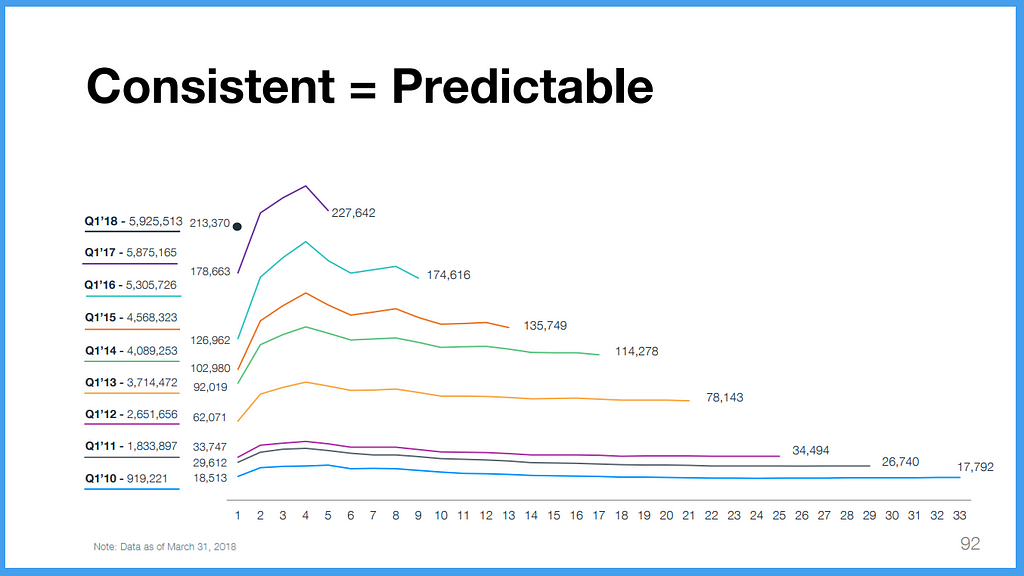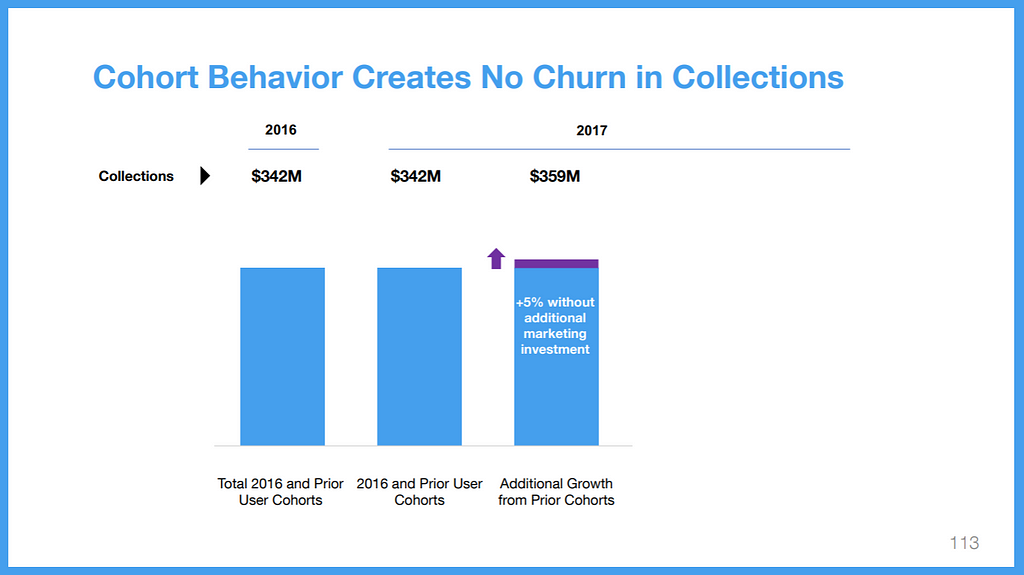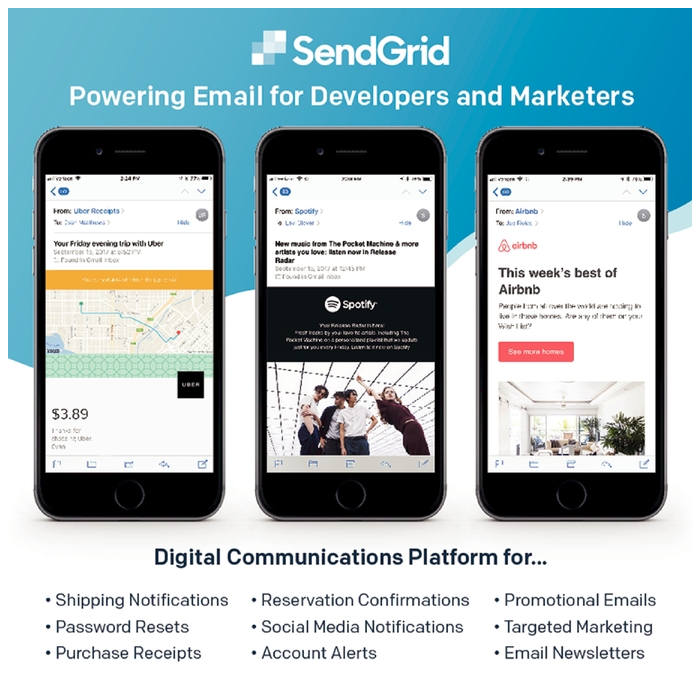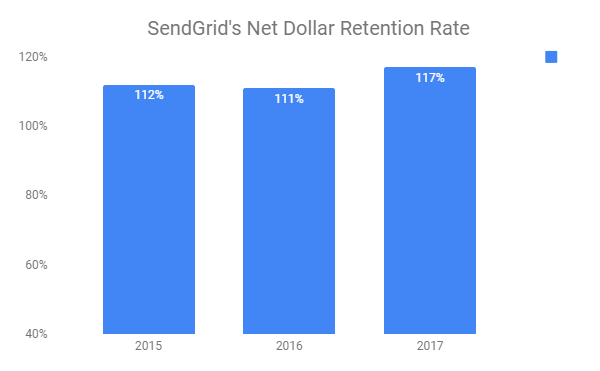Latest news about Bitcoin and all cryptocurrencies. Your daily crypto news habit.
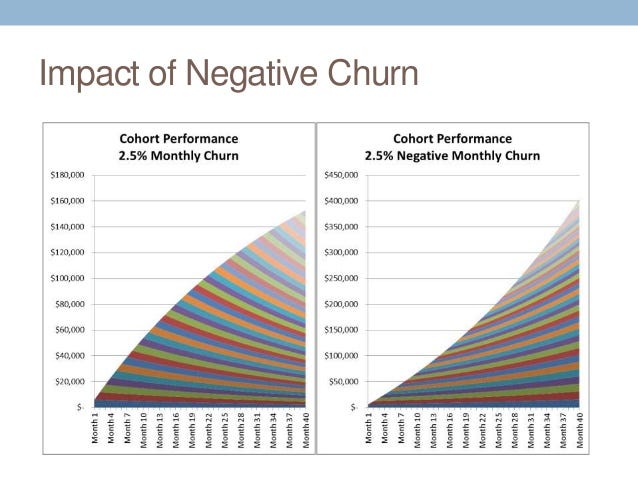 (Image Credit: forentrepreneurs.com)
(Image Credit: forentrepreneurs.com)
Churn rate is one of the key SaaS metrics. It is basically the percentage of customers lost in each subscription renewal period — a product with 5% annual churn rate implies that 95% customers will renew the subscription on the next renewal.
Many factors influence the churn rate; one of them being the type of segment a SaaS company serves. A company serving a big enterprise will have a very different churn profile than a company serving an SMB (small and medium-sized businesses) customer.
Though, churn rate is unique to a company within the segment, here are some general observations on churn rate based on the type of segment the SaaS company serves. SaaS companies in the SMB segment experience significantly higher churn rates than mid-market and enterprise segment.
There are many reasons for such high churn in SMB segment: SMBs go out of business more frequently, have low switching costs, and have unsteady revenue stream etc. At 7% monthly churn rate, a company serving SMBs would lose more than half of the customer base by the end of year.
Therefore, organizations looking to grow in the face of significant SMB churn either have to make significant investments in acquiring new customers or build a business model that induces ‘net negative churn’.
In case you’re wondering what ‘net negative churn’ is — It implies that the incremental revenue from retained customers more than makes for revenue loss from churned out customers. Thus, a business experiencing a 5% net negative churn (or 105% retention) and 5% customer churn will retain 95% of the customer base, but will generate 5% more revenue than it generated last year.
But how do companies achieve net negative churn? There are three ways companies can achieve it: usage expansion, cross-sell, and upsell. Let’s look at a few public listed companies who have successfully deployed these strategies.
Shopify (Usage Expansion, Cross Sell, and Upsell)
Shopify is a cloud-based commerce platform for SMBs. It started by helping merchants set up and manage their online stores, and over the years has expanded to power their entire business across web, mobile, social and brick and mortar.
Shopify has two revenue streams: subscription and merchant solutions. As the name suggests, subscription solutions revenue comes from the sale of subscriptions to the platform, whereas merchant solutions mostly address payments, shipping, and working capital needs of the customers.
Shopify has consistently reported a Monthly Billing Retention Rate >100%, implying that Shopify more than makes up for revenue loss from churned out customers by selling more to the retained customers in the same cohort.
As merchants become successful on Shopify platform they contribute more and more towards Shopify’s top line by upgrading to a higher tier (upsell) or buying additional products (cross-sell) to meet their needs or by spending more on transaction fees (usage expansion) as increasingly more number of customers transact on a merchant’s store.
Square (Usage Expansion/Cross Sell)
Square is a payments company that started by allowing micro and small merchants to accept credit/debit cards through a card reader attached to a smartphone. Since then Square has expanded its portfolio of products to include other POS services, online payments, financial services such as cash advances to merchants, payroll and employee management etc.
Square merchants start with payments and POS products, but as they grow they not only process more payments (usage expansion), but also buy other services (cross-sell) such as employee and payroll management, cash advances for working capital management etc.
Square doesn’t reveal retention rate of overall revenue but it does so for transaction revenue (~80% of their total revenue), which has exceeded 110% year-over-year for the last 4 quarters and has been consistently above 100% for the last 17 quarters.
Wix (Upsell and Cross Sell)
Another good example is Wix, which is a cloud based solution that helps small businesses create beautiful websites using drag and drop tools. It offers a freemium model where customers have the option to upgrade to a paid plan for additional features.
The reason it’s freemium strategy works so well is because it lets any customer build and host a functional website for free, forever. But the customer has to pay for features i.e. customer domain, no ads, more storage & bandwidth etc.
Customers invest a decent amount of effort to build a functional website overcoming the learning curve and thereby become emotionally invested in the project. Therefore, upselling a paid plan becomes easier.
The screenshot below depicts Q1 cohort performance for Wix over the last 9 years. As you can see for each cohort the number of subscribers consistently go up Q1 to Q4 in the first year — that’s basically free users converting to paid ones in the same cohort contributing towards ‘net negative churn’.
And it clearly shows up in top-line (collections/revenue) for Wix.
SendGrid (Usage Expansion)
SendGrid is a communications platform that enables businesses to engage reliably with their customers via email. Its core product, Email API Service, can be integrated in software applications with a few lines of code giving developers the access to a powerful email platform; they don’t need to build an inhouse communication systems where they need to have dedicated servers/databases, domain expertise, and a team to continuously maintain and monitor such complex systems.
If you check your inbox for promotions, shipping notifications, purchase receipts etc. it’s highly likely that few of those emails would have come from SendGrid or its close competitors. Below is a snapshot of sample emails picked from SendGrid’s IPO documents.
SendGrid charges customers based on the volume of emails sent. Therefore, customer’s usage of the product grows as their business grows. It’s not surprising that SendGrid’s net dollar retention rate aka net negative churn has been consistently above 110% over the last 3 years (117%, 111%, and 112% in 2017, 2016, and 2015 respectively)
In conclusion, to emulate the success of examples covered above, companies need to identify and execute on net negative churn strategies that will resonate the most with value proposition of their products. After all, it’s much easier to make money of an existing customer who understands the value of your product than being constantly under pressure to get new customers through the door.
Did you find the strategies and examples covered here useful in how to think about negative churn in SMB SaaS companies? Are there any interesting companies you know of that I should add to the mix?
Let me know in the comments.
SMB SaaS and Net Negative Churn was originally published in Hacker Noon on Medium, where people are continuing the conversation by highlighting and responding to this story.
Disclaimer
The views and opinions expressed in this article are solely those of the authors and do not reflect the views of Bitcoin Insider. Every investment and trading move involves risk - this is especially true for cryptocurrencies given their volatility. We strongly advise our readers to conduct their own research when making a decision.

